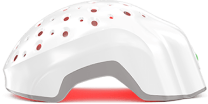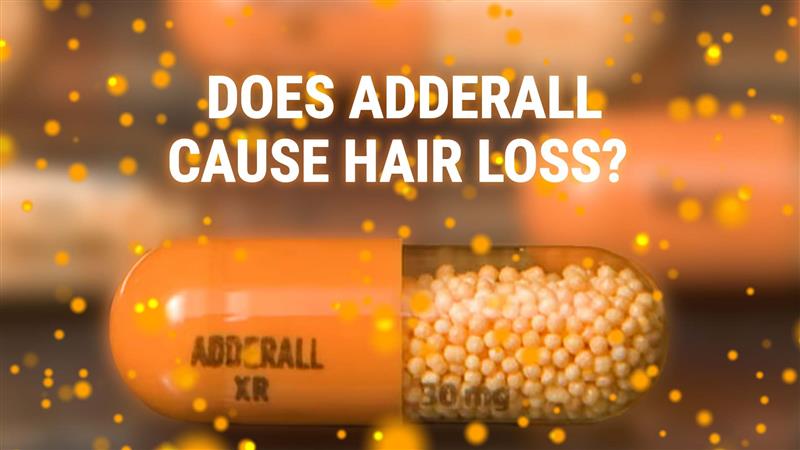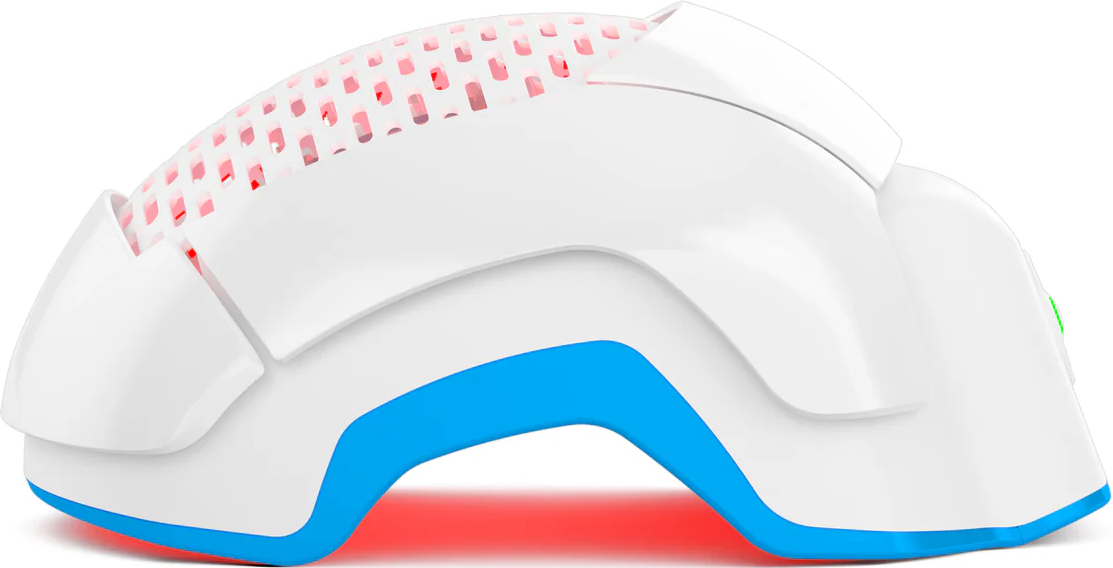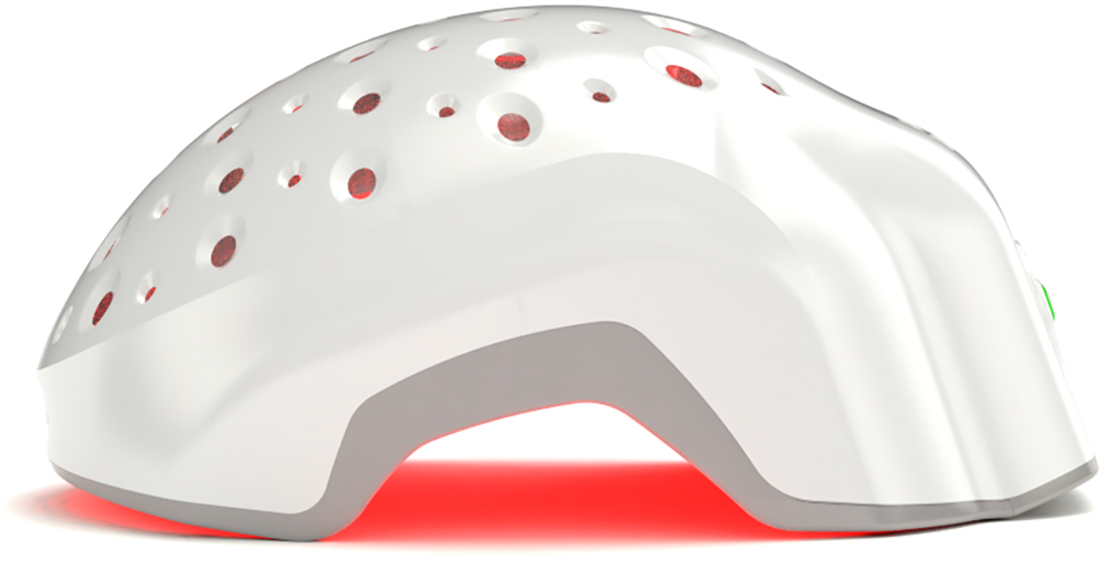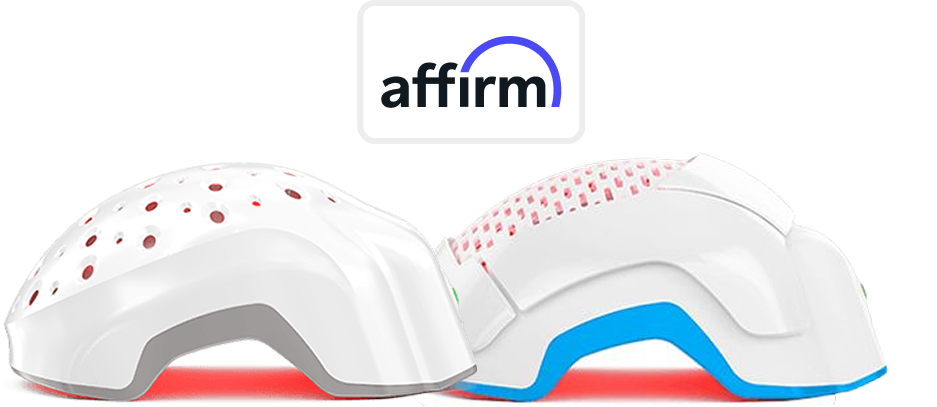Hair drifting down the shower drain can feel like a betrayal—especially when your daily routine hasn’t changed much, except maybe… that little orange pill. If you’ve recently started taking Adderall for ADHD or narcolepsy and noticed extra shedding, the question practically writes itself in your mind: Does Adderall cause hair loss?
The short answer is complicated. Science doesn’t hand out black‑and‑white answers for this one, but growing reports and some pharmacological logic suggest a connection might exist. Before we jump into the specifics (and we will dig in—mechanisms, studies, real management strategies), it’s worth framing who this conversation is really for.
Hair loss is rarely caused by one thing alone. Genes, hormones, stress, nutrition, even seasonal changes—all can play a role. Adding a stimulant like Adderall into the mix is where the story starts to get layered and a little messy. Let’s peel it apart.
What Exactly Is Adderall and How Does It Affect the Body?
Adderall is a central nervous system stimulant… basically a mix of two types of amphetamines: dextroamphetamine and amphetamine. It’s most commonly prescribed for attention‑deficit hyperactivity disorder (ADHD) and, less frequently, narcolepsy.
Mechanistically, Adderall ramps up the activity of certain neurotransmitters—mainly dopamine and norepinephrine. This enhanced signaling boosts focus, alertness, and impulse control. Great for productivity, yes, but the ripple effects in the body go far beyond the brain.
Here’s what people sometimes forget: stimulants can trigger sympathetic nervous system activation… that fight‑or‑flight vibe. Heart rate rises. Blood pressure nudges up. Peripheral blood flow can shift slightly. None of that screams “hair fallout,” right? Well… maybe not directly. But hair follicles are surprisingly sensitive micro‑organs. Any fluctuation in blood flow, hormone levels, or stress mediators can influence their growth cycles.
Also, stimulants are appetite suppressants. Long‑term users sometimes develop mild nutritional deficiencies (especially in iron, protein, and key B vitamins) all of which are fundamental to healthy hair growth. Not everyone hits that threshold, but for someone already teetering on low nutrient reserves? The hair shaft pays the price first.
There’s also the endocrine angle. Amphetamines can, in some users, indirectly affect cortisol rhythms or thyroid activity. These shifts may be minor, but again, hair follicles are exquisitely reactive to internal chemical whispers.
So, the body‑wide picture: Adderall sharpens your focus by altering neurochemistry, nudges stress pathways, and can tweak metabolic patterns. Any of those changes, alone or together, could plausibly intersect with the hair growth cycle.
Can Adderall Actually Cause Hair Loss or Thinning?
Now to the core of the anxiety. Anecdotally, yes—plenty of users on ADHD forums or patient reports mention sudden hair shedding after starting or increasing Adderall. But anecdote alone doesn’t cut it. What do we see in the scientific literature?
First, there’s no large randomized trial that lists hair loss as a primary side effect. But several case reports and post‑marketing surveillance data note alopecia or telogen effluvium as a rare adverse event. The FDA’s own Adderall labeling doesn’t highlight hair loss upfront, but dextroamphetamine has occasional documentation in pharmacovigilance studies linking it to diffuse shedding.
Mechanistically, here’s where things get interesting:
-
Telogen Effluvium Triggering – Hair follicles cycle through growth (anagen), transition (catagen), and rest/shedding (telogen) phases. Any systemic stressor—psychological, nutritional, or pharmacologic—can push more hairs into telogen. Amphetamines, by elevating stress signaling or subtly restricting nutrient flow, can plausibly contribute.
- Secondary Nutrient Deficiency – Appetite suppression can reduce calorie and micronutrient intake over weeks or months. Deficiencies in iron, zinc, and vitamin D are well‑documented contributors to diffuse hair loss.
- Hormonal/Neurochemical Shifts – A slight uptick in cortisol or disruption in normal androgen signaling could, in theory, affect follicles in genetically predisposed individuals.
It’s also key to recognize individual variability. Two people can take the same dose: one notices no change, the other suddenly experiences shedding. Genetics, baseline stress levels, diet, and coexisting conditions (like thyroid imbalance) are likely mediators.
And… sometimes hair loss coincides with ADHD treatment because the brain finally calms enough to notice the shedding. Some dermatologists argue that untreated ADHD‑related stress was already stressing the follicles, and Adderall is an indirect witness, not a culprit.
Clinical experts emphasize that permanent hair loss is unlikely from Adderall alone. Most reports describe reversible telogen effluvium, where hair recovers once the trigger is removed or the body adapts.
While Adderall isn’t a top‑tier hair‑loss drug like chemotherapy agents, the overlap between its systemic effects and hair follicle sensitivity makes the connection biologically plausible—and for some, experientially real.
Mechanisms behind Adderall‑Related Hair Loss
Hair loss tied to Adderall isn’t always straightforward. It’s not like the moment you pop a pill, strands just leap from your scalp—though, for some, it can feel alarmingly fast. The real story is multi‑layered. Adderall, being a stimulant composed of amphetamine salts, ramps up your central nervous system. This isn’t just about sharper focus; it triggers a chain reaction in your body. Increased cortisol levels. Altered blood flow to peripheral regions. And yes, your scalp counts as “peripheral.”
One theory involves telogen effluvium, when hair follicles hit the “resting phase” too soon. Stress—whether psychological or physiological—nudges this along. And stimulants create a subtle kind of internal stress, like your body’s constantly whispering, go, go, go. (You might even recall a period of restless nights or jaw clenching—small hints your system was under pressure.) Another angle is nutritional displacement. Some Adderall users unintentionally eat less because appetite drops. Less protein and iron intake? Your hair notices.
Curiously, there’s a less discussed but plausible piece: microvascular constriction. In plain English, smaller blood vessels might tighten under stimulant influence. Less nutrient‑rich blood reaching follicles could, over time, cause shedding.
Is Hair Loss from Adderall Permanent?
Short answer—usually, no. But there’s a “mostly” hidden inside that word. Hair operates on cycles: growth, rest, and shedding. If Adderall only disrupted the cycle temporarily, regrowth is likely once the trigger is removed or managed. Many people notice that after dose adjustments, cycling off, or improving nutrition, hair begins filling in within three to six months.
Here’s the tricky part: prolonged telogen effluvium can sometimes reveal underlying hair vulnerabilities you didn’t know were there. Imagine Adderall as the wind that shook a loose fence. Was the fence weak before the gusts? Maybe. If male or female pattern thinning runs in your family, stimulant‑related shedding might accelerate what was “waiting” to happen anyway.
How to Manage and Prevent Adderall‑Related Hair Shedding?
First, don’t panic. Hair loss, especially when triggered by medication, responds better to calm, systematic action than frantic product hopping. Step one is talking to your prescribing doctor. Dose adjustments or formulation changes can make a difference. If the medication is essential (and for many, it is), consider lifestyle scaffolding around it.
Nutritional support is often underestimated. A high‑protein diet with sufficient iron, and zinc can genuinely shore up hair resilience. Even a mild caloric deficit from appetite suppression can nudge hair into shedding, so mind the basics. Hydration matters too, though people rarely link water intake to hair health.
Another overlooked tactic is stress modulation. Meditation, short walks, and even purposeful breaks in your workday can buffer the physiological tension stimulants bring. Some users add scalp massage routines to stimulate local blood flow (oddly relaxing, and your hair won’t complain). Dermatologists might also suggest topical minoxidil as a temporary bridge while your hair cycle resets… though this is highly individual.
And finally, patience. Unlike the sharp cognitive boost of Adderall, hair plays the long game. The follicles need weeks to shift back into anagen (growth) phase. Some people even keep photo logs to remind themselves that subtle regrowth is happening… just slower than anxiety would prefer.
Gender‑Specific Considerations: Does Adderall Cause Hair Loss in Women?
Women often notice hair changes first, sometimes even before a clinician takes their concern seriously. It’s pattern recognition. Female hair shedding from Adderall can present differently than in men, partly because hormonal interplay complicates everything. Estrogen and progesterone normally act like gentle bodyguards for follicles, keeping them in the growth phase a bit longer. But stimulant‑induced stress hormones can interrupt that quiet rhythm.
For some, the shedding appears diffuse… wider part lines, more strands in the shower drain. Others experience a subtle thinning near the crown, almost imperceptible until photos betray the difference. Oddly enough, a few report cyclical flares tied to their menstrual phases or postpartum recovery. (This might not be fully understood yet—dermatologists debate whether Adderall amplifies pre‑existing telogen effluvium patterns or simply accelerates them.)
Another layer is psychological: hair is tied to identity. When women lose it (even temporarily), it hits differently. It’s not just about aesthetics; it’s about control, health, and the unsettling feeling of your own body rebelling. And here’s the cruel irony—stress from noticing the hair loss can worsen the cycle, feeding back into the very telogen shifts Adderall may have nudged.
If this resonates, the approach should be holistic. Nutritional reinforcement (iron, zinc, adequate calories), open conversations with prescribers, and maybe even support from trichologists can all matter. Sometimes, a minor dose tweak or shift to XR formulations brings relief, but results vary. And yes, patience again—the follicles need months, not weeks, to recover.
Conclusion
So… does Adderall cause hair loss? Not in a neat, universally predictable way. For some, yes—it triggers telogen effluvium or unmasks an underlying genetic tendency. For others, nothing happens at all. Human biology is fickle like that.
So, if your hair seems to be showing distress signals, don’t ignore them. Document changes, talk to your medical provider, consider nutritional gaps, and give your follicles the environmental peace they need. Shedding now doesn’t necessarily mean forever. Most cases rebound if the root stressor is addressed.
And maybe that’s the quiet lesson tucked in this journey—hair health is a mirror for systemic balance. Listen early. Adjust thoughtfully. And if nothing else, take solace in knowing your body isn’t broken—it’s just… negotiating with itself.



